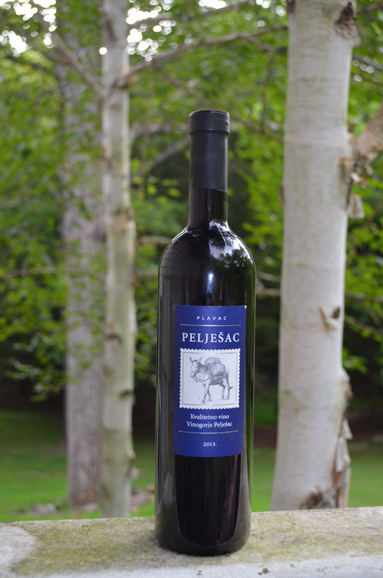Kevin Zraly is one of those guys that everyone in the world of wine, and well beyond, is familiar with.
Kevin has been teaching enthusiasts about wine for more than 40 years, developing wine lists for multi-starred restaurants. He conceived and taught the Windows on the World Wine Course that escorted 20,000 students into oenology, either for personal awareness or professional ambition. Kevin also wrote the brilliant companion book, “Kevin Zraly’s Windows on the World Complete Wine Course.” This comprehensive textbook, originally published in 1985, has been updated annually and republished regularly, selling more than 3 million copies.
Kevin still lectures regularly, although I recently received an email from him saying he was ending the wine course with one last semester. I ran into him hosting a wine event for wine professionals in New York recently. I asked him, “Isn’t it great to be alive now in the age of enlightenment of wine production?” After all, many regions of the world are now producing good wines. Grape growing, vineyard management and winemaking ideas are disseminated at colleges and universities offering winemaking degrees. And the internet allows for instant and endless transmission of questions, answers and ideas. There are specialists in every field of production, from soil and grape types to vinification (fermenting grapes), barrel usage and even pairing stemware with specific wines.
But Kevin thought for a second and answered, “Yes and no. You’re right that the wine available is generally far superior than at any time in history. However, the downside is that there are no new emerging frontiers”.
I’ve thought about this comment for several weeks now and been to many regionally specific wine tastings since. Yet even today there are frontier wine producers emerging from all over the globe. Just a few years ago, there were only a few respectable wine regions in the United States — California, Oregon and the state of Washington as well as New York’s upstate Finger Lakes district and eastern Long Island. Today all 50 states produce wine, many very respectably. Canada makes some lovely wines, especially from British Columbia, Ontario and Nova Scotia. And if global warming continues, Canadian wine production will only get bigger and better.
Many producers, vineyard managers or winemakers from the fully recognized regions of Bordeaux and Burgundy, among others, are cashing out and moving to less heralded regions to buy or build something, migrating with their knowledge of quality wine production to emerging regions. The Languedoc-Roussillon and the South West region of France, known forever for making uninteresting bulk wines, are now proudly offering wines that will stand up to crafted wines of other regions costing many more Euros. Italy and Spain have their famous regions, Chianti Classico, Piedmont, Ribero del Duero and Rioja to name a few. But each country has many other regions that have emerged and are still improving their wines.
I have visited Israel several times in several different decades and the wine I tasted got better with each passing decade. American-born Victor Schoenfeld, of Golan Heights winery in northern Israel is quite simply the most influential winemaker of the extended region. His winery is a megaproducer with plenty of money and interest in supporting experimentation with the vines and production methods. All the wine producers of Israel and in surrounding countries are closely watching Victor, and his generous knowledge will continue to improve those regional wines.
Meanwhile, the wineries that were present in the former Soviet countries had been about volume — quantity over quality. They had no incentive to make good wine. Hungary, for instance, had made some wonderful wines that got crushed with Soviet domination.
And then Nov. 9, 1989 happened. The freedom that East Germans yearned for was building to a crescendo. The anti-Soviet crowd grew and surged until the Berlin Wall came down, opening up a path to the West for the old Soviet bloc countries.
Now wine production has been redeveloped and improved not only in Hungary but in countries like Bulgaria, Croatia, Georgia, Romania, Slovenia and Ukraine. All of these countries are still reinventing and developing their wine industry. And the attractive prices will reflect general consumers’ lack of awareness of these former Soviet bloc wines.
So, Kevin, I respectfully disagree. There are still emerging frontiers all over the wine world. Some are peripherally related to large established regions. Smaller producers from invisible sub-regions of Bordeaux and Burgundy, for instance, are offering up well-made wines at great prices. Some are little known and unexplored regions we now have access to and are building their export markets. So look for something off-the-beaten track. Ask your sommelier and storeowner for something they recommend from a new or emerging production area. Your palate and your wallet will thank you.


